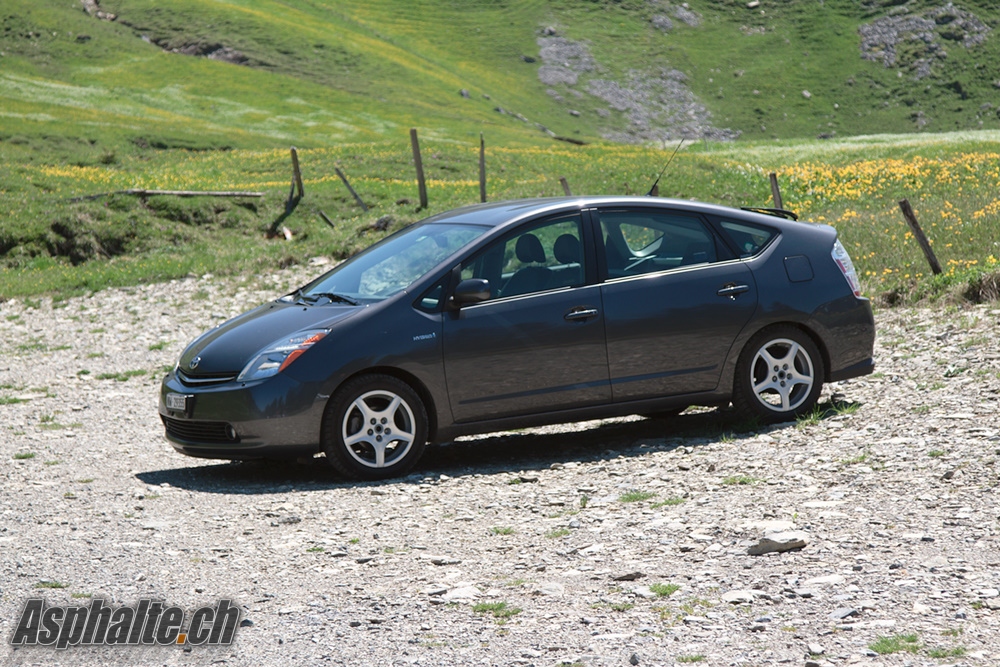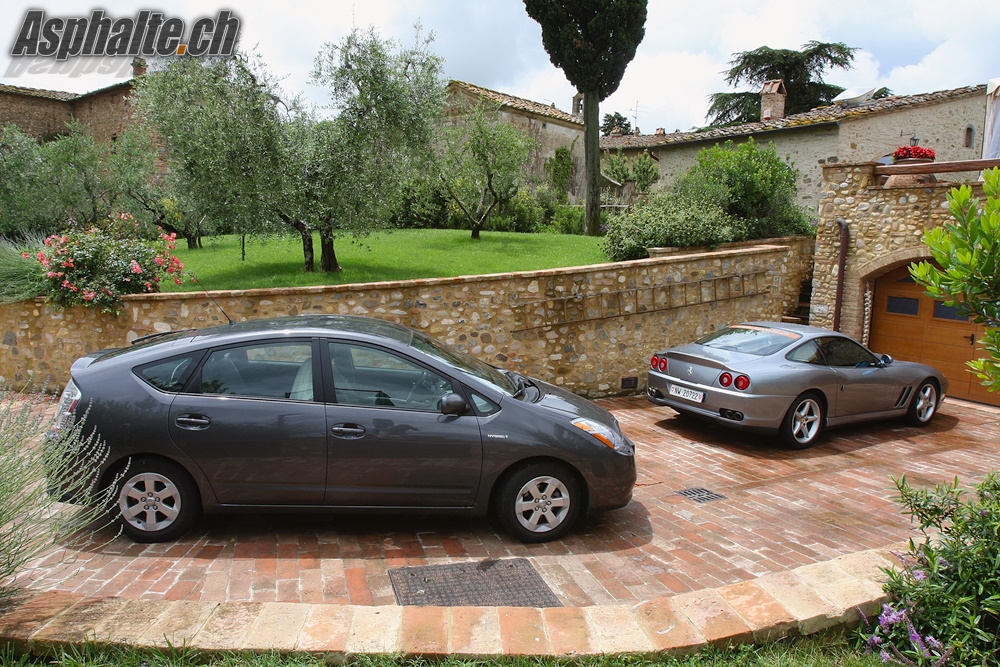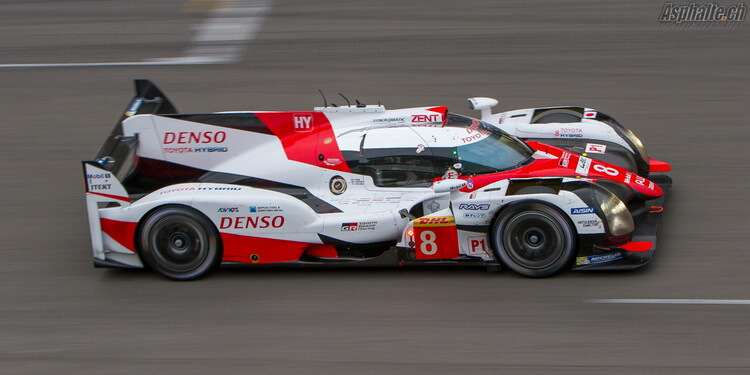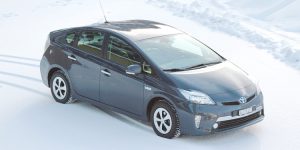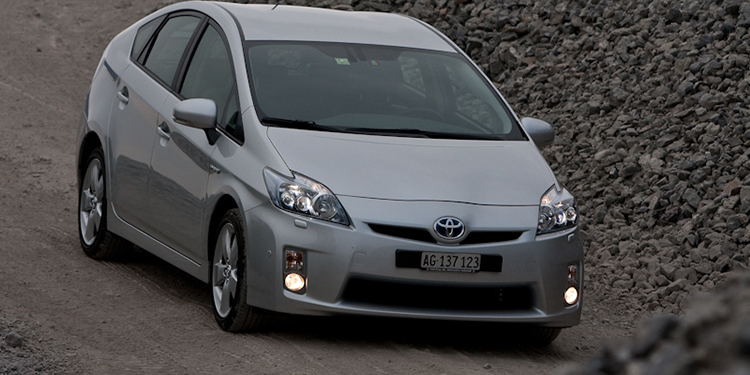Long term test: 50’000km in a Toyota Prius II
« Ugly as a Prius ». I have heard or read the comment many times, and it still puzzles me. I would not rate the Prius design as aesthetically seductive, but I still find elegance in its sober lines, especially from the rear third quarter viewpoint. A matter of personal taste, but my genuine interest of first generation Fiat Multipla MPVs undoubtedly places me in a small niche in style matters.
Over the lonf term, Toyota’s Hybrid Synergy Drive demonstrates in a striking manner its ingeniosity. For a complete description of its operating principle, we recommend taking a look at this excellent graphical animation which allows to understand the interactions between its various components. We have never had the slightest problem, the faintest hick-up or hesitation, let alone any breakdown. This technology is refined and mature, a real marvel of contemporary engineering. One has to get used to the continuously variable transmision and the fact that the car never feels in gear. Any change in throttle position translates into a variation of the thermal engine revs when it is turned on. Transitions between the different operating modes are transparent, and piling up miles has had no effect on that. Our California model does not have an EV button allowing to impose electric drive when conditions allow. To enjoy it, the throttle pedal needs to be finessed to contain power requirements, and speed must be kept below 50 km/h. The ‘B’ engine braking mode, accessible with the small gear selector stick. allows to modulate the energy recovery rate in coasting or downhills, a useful feature in comparison with competitive systems which solely rely on a brake pedal dead travel zone.
The second biggest shortcoming of the Prius II is its handling of very low adherence conditions. Traction itself is rather good provided that you have adapted tires, but electronic engine and transmission management forbids the slights slip of the front wheels, and there is no way to deactivate it. I found myself once on a winter night on an icy incline covered with fresh snow, and our Prius unwilling to transmit any torque to the wheels, even with the throttle to the floor. The conditions were challenging, but it is very frustrating to find oneself stranded because the car has detected a hint of slippage. The only work around is to turn around and reverse your way up the hill, something doable in a quiet residential zone but clearly impossible in most road situations. It is possible that Toyota boffins took precautionary measures to prevent the electrical engine torque from chewing the transmission up, but the solution is not acceptable. The Prius II is otherwise fairly benign in snowy conditions, but when the conditions get tricky, the electronic nanny may well leave you stuck at the wrong place, no matter how honed your winter driving technique is.
Road handling is placid, defined by the rather limited grip of the tires, furthermore with the 15 inch wheels. Body roll is pronounced, the tall tire falls are not rigid under lateral forces. There is nothing to entice spirited driving, and attention is best shifted on smoothness and precision while incorporating the ingredients of eco-driving: anticipation and preservation of kinetic energy. The Prius is to be treated as a momentum car to avoid costly accelerations, but within the confines of its cornering speed capabilities. On freeways, stability is a bit wobbly at times, especially on tarmac deformed by heavy trucks. Side wind sensitivity is perceivable and requires attention. Driving within speed limits is never an issue however, except when uphills require to squeeze the small 4 cylinder Atkinson engine, in which case its noise gets easily tiring. The Prius II can easily cruise above 90 mph (150 km/h), but this is neither confortable nor coherent with the definition of the car. Long journeys are easily doable as well, we drove this car from Silicon Valley to the south of Los Angeles in a morning without a hitch, we also drove it down to Tuscany and back, loaded to the gills with luggage and passengers. It is just largely advisable to comply with the wishes of the lawmakers in terms of speed.
As long as you take the Prius II for what it is, a practical, reliable, functional and fuel efficient compact car, the conclusion is positive. I enjoy driving it for its ease of use, manoeuverability, a perfect car for chores, shopping runs, urban commutes, but also for a quiet stroll or to cart around passengers which favor the living space and relaxation of the Prius to the confined and somewhat claustrophobic luxury of our Audi S5 Sportback. Beyond the peace of mind it brings, the Prius is also an interesting car to drive, an excellent tool to practive eco-drive skills, perhaps the only driving technique that remains realistically applicable in daily traffic conditions. If the thrills are not quite comparable to a lap of the Nordschleife, the discipline is interesting and will reward you with a few extra hundred yards of electric drive. An ephemeral moment of silent and smooth mobility.

